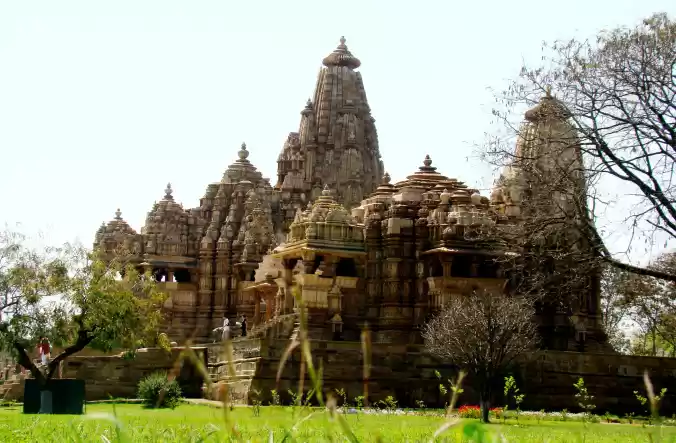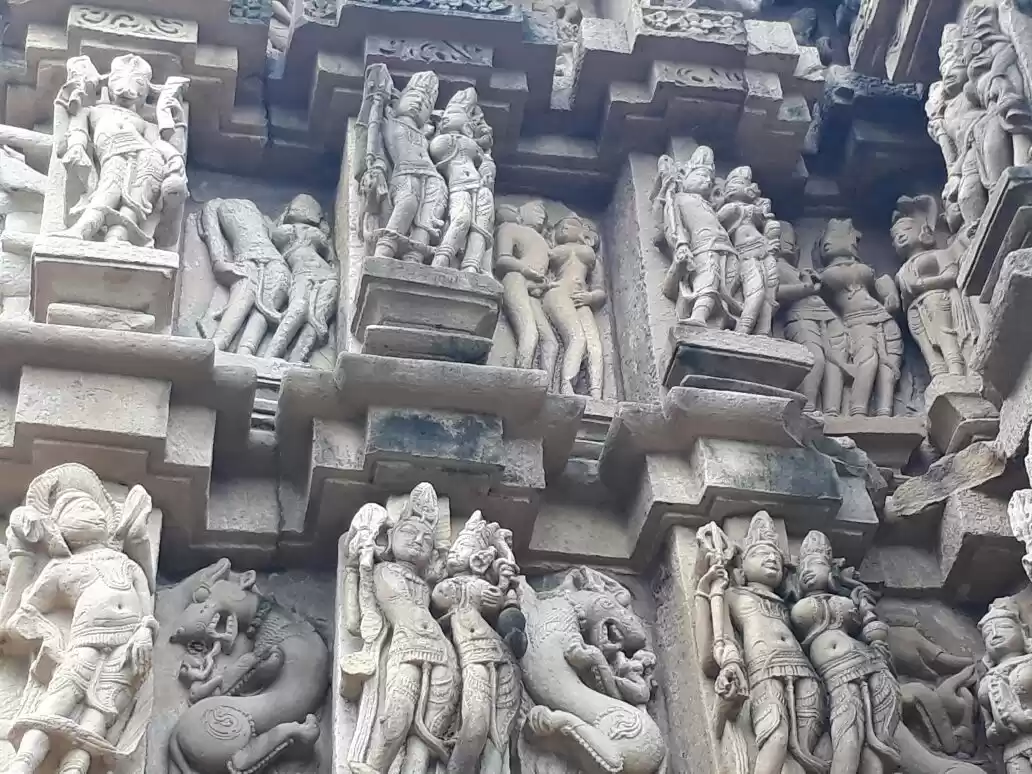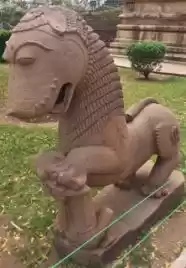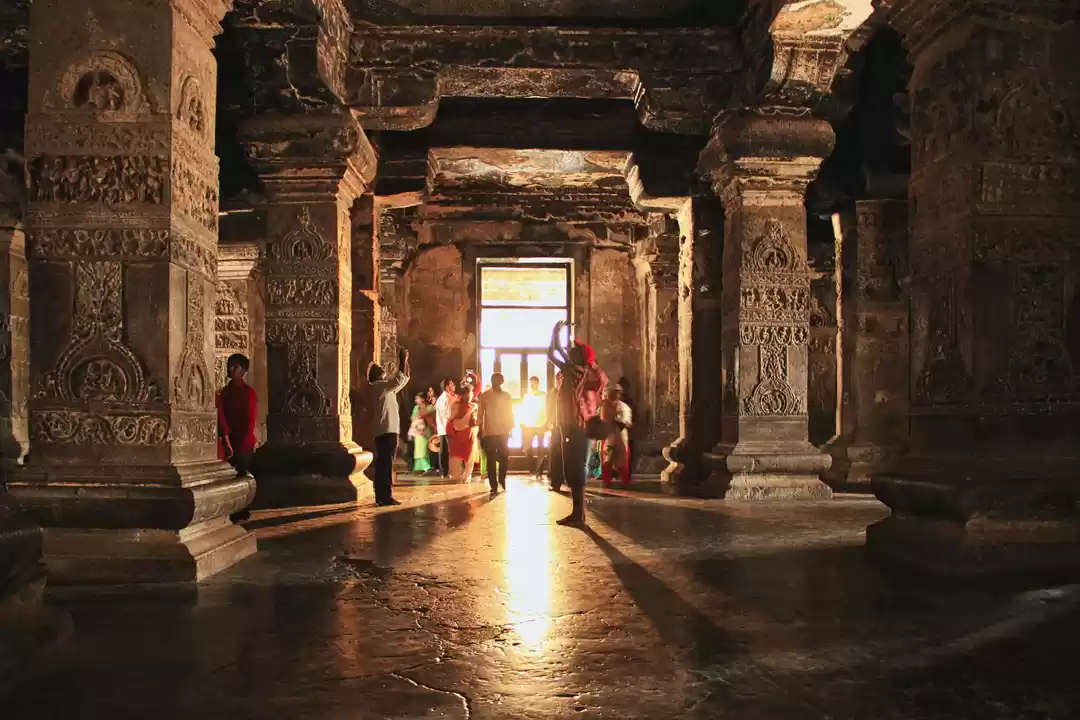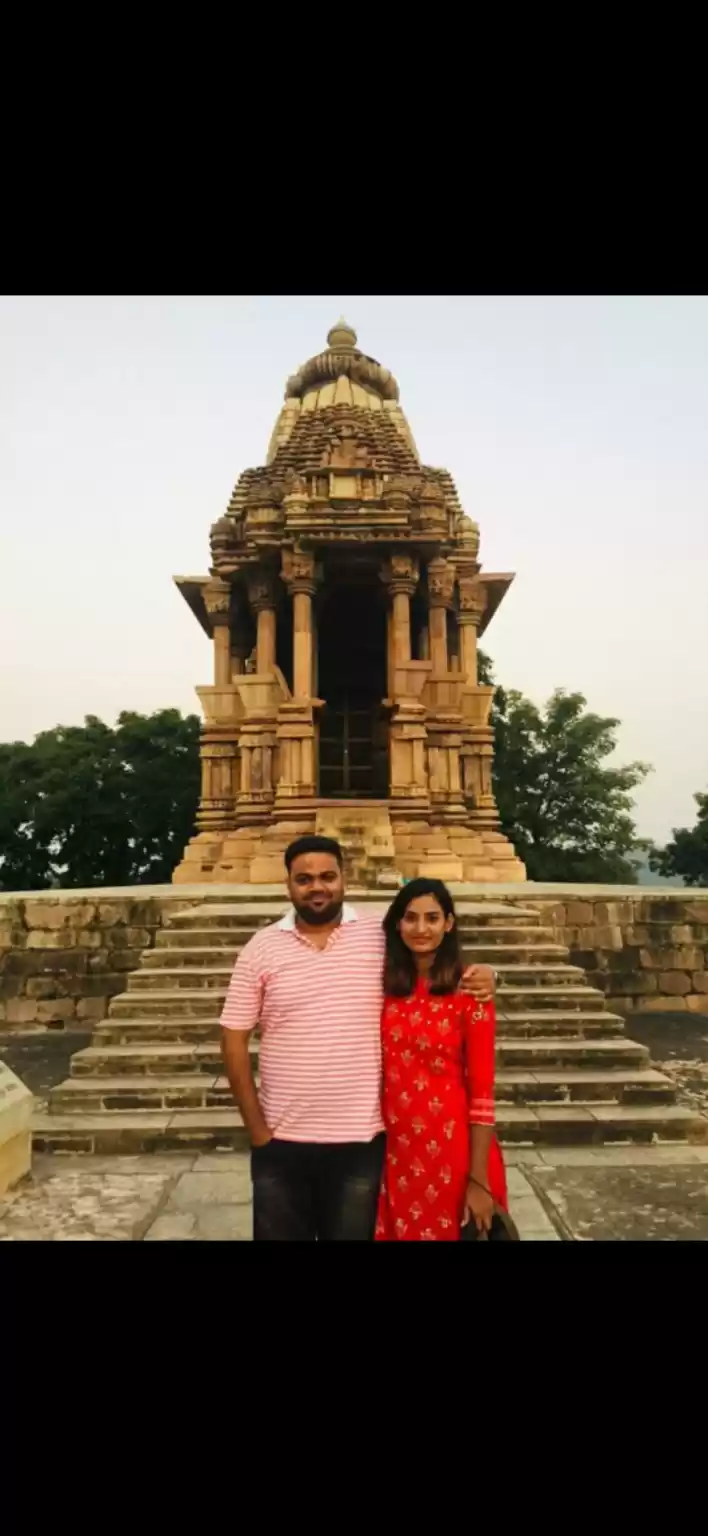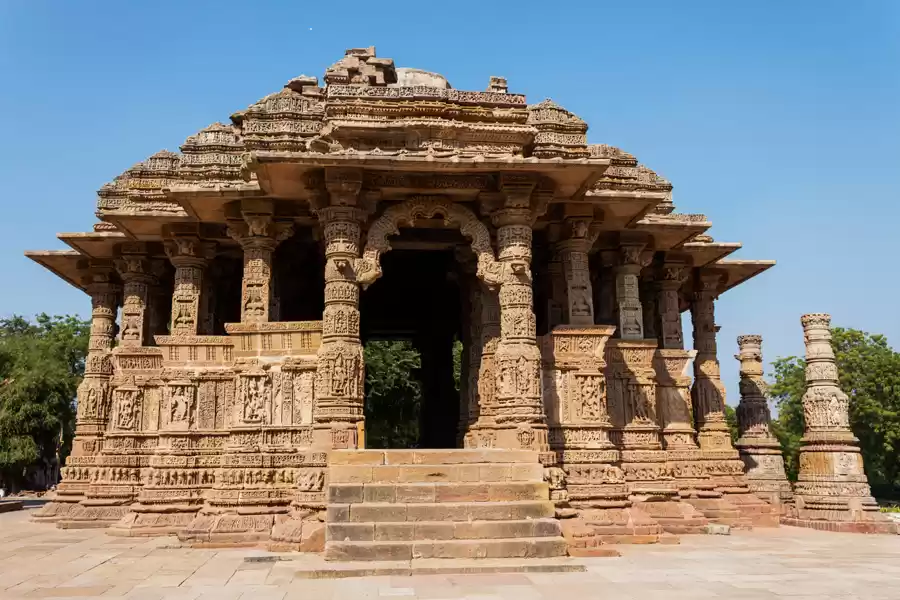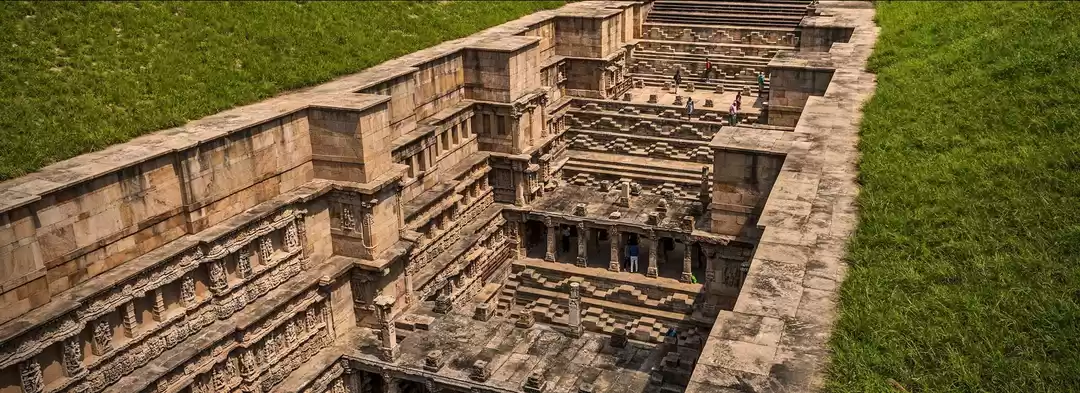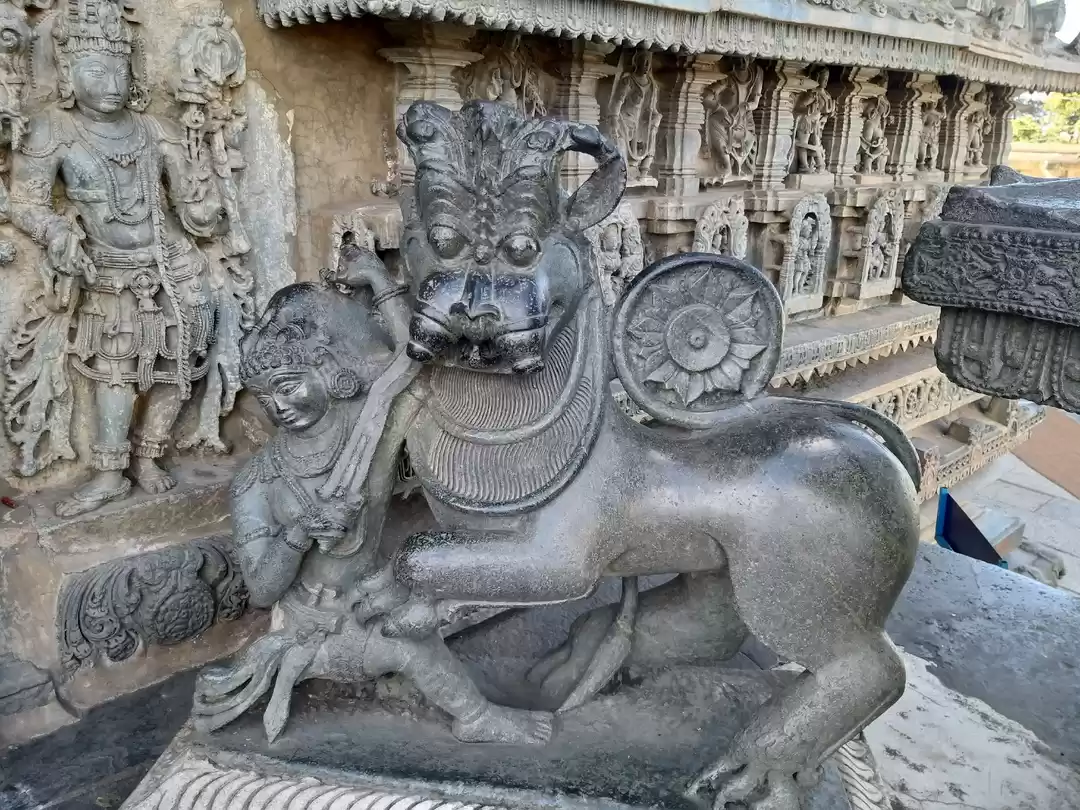
India is a land of temples. Since time immemorial, the art of temple construction thrived in this country.
Times changed, empires rose and collapsed, emperors ruled and perished, but the faith survived.
The idea that a temple is a sacred cove and should be decorated with the most beautiful manifestation of art sustained throughout the history.
Most of the temples in India are endowed with astonishing architectural elements. Selecting just 10 temples is indeed a daunting task.
Even more difficult is to decide which is more beautiful than the other, considering that beauty lies in the eyes of the beholder. In this post, I have compiled a list of 10 temples that appealed to me the best during my excursions throughout the country.
I have arranged them based on their geographic location: from north to south.
Some of these temples are still on my bucket list; I have included them based on their magnificence perceived through pictures.
If you are an art and architecture enthusiast, you should definitely not miss visiting any of these temples. Let’s go!
Kedarnath Temple, Uttarakhand
Situated at the altitude of 3800 m above MSL, this temple is one of the most important pilgrimage sites in India.
The temple is believed to be built by Pandavas and it has been mentioned in several ancient Hindu texts.
It is one of the twelve Jyotirlingas and one of the four important Dhamas in the country.
The temple is located on the banks of the river Mandakini and is surrounded by mighty mountains of the Himalaya.
There is no motorable road to reach the temple; one has to trek 16 km or ride a mule to reach the temple.
Due to extreme climatic conditions, it is open only in the months of April-June and September-October.
During winter months, the deity is brought down to Gurikund for routine Puja. It is built in a Rekha-Shikhara style, and unlike most temples in the country, it is oriented north-south.
The foundation of this temple is so strong that it miraculously survived the massive floods of 2013.
In this disaster, wherein a glacier behind the temple broke off following a cloudburst, several settlements along the trekking path were washed off and thousands of pilgrims were killed.
Despite this calamity, the temple did not encounter any significant damage.
Moreover, a recent study showed that the temple was buried under a glacier for at least 400 years! Whoever built this temple must have had an amazing foresight and excellent knowledge of architecture.
It is must visit for everyone who is a nature-culture-adventure enthusiast.
Nearest town: Gaurikund, Uttarakhand
Nearest railway station: Haridwar (HW)
Nearest airport: Jolly Grant Airport, Dehradun (DED)
The Mahabodhi Temple, Gaya, Bihar
When we think of Buddhist religious places, what comes to our mind are Stupa, Chaityagriha, and monasteries.
However, one of the earliest Buddhist religious structures in India is the Mahabodhi temple.
The original temple was built by the emperor Ashoka in 3rd century BC. The structure we see today was built in 5th-6th centuries. It is built entirely with bricks and has influenced brick architecture over several centuries. The temple follows a classical north Indian architectural style, with a tall shikhara in the center and small shikharas on smaller shrines around the main one. The sanctum contains a 5-feet-high statue of Buddha in seated position. The temple is surrounded by many holy places that are associated with important events in Buddha’s life post enlightenment. The most important among these places is the Bodhi tree, which is believed to be a direct descendent of the tree under which Buddha meditated and attained enlightenment. The entire temple complex holds immense historic, religious, and cultural value and hence it has been rightly declared as a World Heritage Site.
Nearest town: Gaya, Bihar
Nearest railway station: Gaya (GAYA)
Nearest airport: Jai Prakash Narayan Airport, Patna (PAT)
Kandariya Mahadev Temple, Khajuraho, Madhya Pradesh
Khajuraho is famous for its erotic sculptures. However, there is much more in Khajuraho than the erotic sculptures. The town has 25 Hindu and Jain temples, which were built around 1000 AD by Chandela kings. Among these, Kandariya Mahadev Temple is the largest and grandest. It is also the best preserved. The temple is built on a 10 m high platform and its Shikhara rises 30 m high. The entrance has a flight of steep stairs and a beautifully decorated Torana at the entrance. The outer walls are intricately carved with mythical figures, such as Ashtadikpal, Saptamatruka, Ganesha, Narasimha, and Shiv-Parvati. A horizontal belt above these figures is of erotic sculptures wherein couples involved in coitus are explicitly shown. The fineness of all the sculptures is extraordinary. The proportion of body parts, details of clothes and jewelry, and the depiction of everyday life scenes is simply awe-inspiring. When one looks at the Shikhara from the back side of the temple, it appears like peaks of Himalaya growing higher and higher. Overall, the temple is a hallmark of Nagara style of architecture predominant in North India. This temple, along with other temples in Khajuraho, has been declared a World Heritage Site.
Nearest town: Khajuraho, Madhya Pradesh
Nearest railway station: Khajuraho (KURJ)
Nearest airport: Khajuraho Airport (HJR)
Dilwara Temples, Mount Abu, Rajasthan
Dilwara temples are a group temples dedicated to Jain Tirthankars. They were built by the rulers of Solanki dynasty during 11th and 13th centuries. The temples are located near a village called Dilwara in Rajasthan, hence the name. Being close to the one and only hill station of Rajasthan, Mount Abu, the temple complex is a famous destination among tourists. Unlike most temples in India, these temples do not house a tall Shikhara or Gopuram, neither do they have intricately carved outer walls. But once you go inside, you feel like entering a different world! Their interiors are full of mind blowing carvings, all made up of white marble. The main and the most famous temple, Vimal Vasahi, is dedicated to Rishabhdev or Adinath. It has an open courtyard and numerous smaller shrines in small cells. The pillars, ceilings, arches, and corridors are richly ornated. The most interesting entity is the ceiling of the Rang Mandapa. The central part looks like a chandelier. It is surrounded by several concentric circles, each adorned with a different style of carvings. On the outermost circle, there are sixteen statues of Vidyadevi carved with impeccable symmetry. And all this is carved out of just one stone! Around Vimal Vasahi, there are other temples like Luna Vasahi and Pittalhara Vasahi. This temple complex is truly a masterpiece of Jain architecture.
Nearest town: Mount Abu, Rajasthan
Nearest railway station: Abu Road (ABR)
Nearest airport: Maharana Pratap Airport, Udaipur (UDR)
Modhera Sun Temple, Mehsana, Gujarat
This temple, dedicated to Suryadev, is an awe-inspiring structure built in the10th century during the reign of a Solanki king, Bhimdev. Located in the Mehsana district of Gujarat, this temple is built in Maru-Gurjara style. It is divided into three sections: Kunda, Sabhamandapa, and Gudhamandapa. Kunda is a huge water tank with pyramid-shaped steps on all sides, creating a beautiful geometric pattern. The steps have numerous small shrines on it. It is said that there used to be 108 such shrines once upon a time. Next to the Kunda is the Sabhamandapa, an assembly hall. This hall has 52 pillars representing 52 weeks of a year. Between adjacent pillars, there are ornate arches or Toranas. This hall has numerous carvings depicting stories from Mahabharat and Ramayan. Unlike other temples, the Gudhamandapa is disconnected from the Sabhamandapa. It is said that the Gudhmanpdapa once housed a beautiful idol of lord Surya. Even today, 12 facets of Surya, representing 12 months of a year, can be seen in the sanctum. It is said that on the day of the equinox, the sun rays would fall in the head of the deity and a diamond placed on the head would illuminate the entire sanctum. Whether the legend is true or not, the temple definitely deserves a visit.
Nearest town: Mehsana, Gujarat
Nearest railway station: Mehsana (MSH)
Nearest airport: Sardar Vallabhbhai Patel International Airport, Ahmedabad (AMD)
Kailash Temple, Ellora, Maharashtra
Ellora caves are one of the famous historical destinations in Maharashtra. Dubbed as Cave 16, the Kailash temple is the largest monolithic structure in the world. The entire temple is carved out of a single rock! The exact origins of this temple are unknown. It is believed to have been constructed by several dynasties over a long period of 500 years. The major part of the temple is attributed to the Rashtrakuta king Krishna I. The architectural style of this temple has been influenced by Chola, Chalukya, and Pallava styles, which were prevalent in Deccan during ancient times. The temple has a huge Gopuram at the entrance, followed by a Nandi Mandapam. The enclosure is vast and houses two stone elephants on either sides of the temple. The temple itself is based on a tall platform, and the outer walls of this platform are adorned by countless elephant sculptures. The sanctum houses a Shivalinga and the smaller shrines belong to other deities. The outer walls are intricately carved and depict scenes from Ramayan and Mahabharat. This stunning temple exemplifies the height of architectural excellence the then artists must have achieved. It is my personal favorite in this list.
Nearest city: Aurangabad, Maharashtra
Nearest train station: Aurangabad (AWB)
Nearest airport: Aurangabad Airport (IXU)
Konark Sun Temple, Konark, Odisha
Situated on the eastern coast of India, the Sun Temple of Konark is an outstanding work of art representing the Kalinga style of architecture. The whole temple is built in the form of a massive chariot pulled by seven horses, all carved in stone! It is said that the Shikhara, the tower atop the sanctum, was visible from a long distance and served as an important landmark for sailors sailing in the Bay of Bengal. The temple consists of distinct parts, Rekha Deul and Bhadra Deul, which refer to sanctum and assembly hall, respectively. The sanctum no longer survives. The main attraction of the temple is the 12 pairs of wheels, each representing a month in Hindu calendar. Each wheel is 3 m in diameter and is intricately carved. Around the wheels, there are sculptures of dancers, musicians, and deities. The temple was built in the 13th century by Narasainga Deva I, a king from Eastern Ganga dynasty. It is said that a powerful magnet was used in the construction of the temple, which kept the statue of the deity afloat and balanced the pillars of the temple. Sailors sailing in the sea used to get misled as their compasses behaved weird because of the magnet. The Portuguese sailors took away the magnetic stone, causing the destruction of the temple. However, there is no historical record of this. Today, this temple is a major tourist attraction and also a World Heritage Site.
Nearest town: Puri, Odisha
Nearest railway station: Puri (PURI)
Nearest Airport: Biju Patnaik Airport, Bhubaneshwar (BBI)
Vitthala Temple, Hampi, Karnataka
Hampi, the capital of Vijayanagara empire, is famous for its grandiose monuments including temples, palaces, water structures, pillared halls, and marketplaces. Founded by Harihar and Bukka in the 13th century, Vijaynagara was a thriving empire in South India for almost 300 years. Vitthala temple is a star attraction in Hampi. The temple faces east and has a majestic Gopuram at the entrance. In the front of the temple, stands a Garuda shrine in the form of a stone chariot. The chariot has intricately carved wheels and two stone elephants in the front. This chariot is the symbol of Hampi and has been printed on the latest ₹50 currency note. The temple has a spacious Sabha Mandapam, which houses 56 stone beams of various sizes, shapes, and diameters. These beams produce musical notes when struck. Royal musical performances used to be held at this Mandapam and as per local belief the sound could be heard from miles. The temple complex has two more pillared halls, Kalyan Mandapam and Utsav Mandapam; the pillars of these halls are intricately decorated with sculptures of plants, animals, and deities. Overall, this temple exemplifies the exceptional architectural skills of the Vijayanagara artisans. Visiting this temple is a must for history and architecture lovers.
Nearest city: Hosapet
Nearest railway station: Hosapet (HPT)
Nearest airport: Hubbali Airport (HBX)
Hoysaleshwar Temple, Halebidu, Karnataka
Halebidu, the former capital of the 12th century Hoysala empire, houses this beautiful temple dedicated to lord Shiva. The temple once had tall Shikharas which survive no more. It is a twin temple of Hoysaleshwar and Shantaleshwar; the former represents masculine aspect and the later feminine. Both temples are identical and have Shiv Lingas and Nandi shrines. The most interesting aspect of these temples is the sculptures on outer walls. The middle portion has large panels where “the entire pantheon of Hindu deities is presented, and it stands as pantheon of Hindu iconography,” says Sadakshari Settar, an art historian. Stories from Ramayan, Mahabharat, and Bhagvat Puran are beautifully carved on these panels. The temple is built in soapstone, which is soft when dug out and allows detailed carving but hardens when exposed to air. The artisans have wonderfully utilized this property of soapstone. On some sculptures, the ornaments are so detailed that even a tiny needle can be passed through them. The interiors of both temples are relatively plain; however, the astonishing symmetry of the pillars makes one wonder about the technology available 800 years ago. For anyone interested in ancient Indian architecture, this temple is a must visit.
Nearest city: Hassan
Nearest railway station: Hassan (HAS)
Nearest airport: Kempegowda International Airport, Bengaluru (BLR)
Brihadisvara Temple, Thanjavur, Tamilnadu
Tamilnadu is a land of temples. Among hundreds of magnificent temples of this region, Brihadisvara temple of Thanjavur stands tall and retells the saga of the great Chola kings. It was built by Raja Raja Chola I in 1000 AD. It is one of the largest south Indian temples and an outstanding example of fully realized Dravidian style of architecture. It has a soaring 60 m high shikhara and houses a massive Shivalinga in the sanctum.
Also read: temples where men are not allowed, kailasa temple ellora
The bulbous structure at the top, also known as Kumbam, is carved out of a single stone and weighs 80 ton! How such a heavy object was lifted and placed on top of the Shikhara is still a mystery. A 5 m tall monolithic Nandi sits in front of the mandapam. The interesting fact is that the nearest source of granite, the stone used for the construction of the temple, is about 60 km away. The temple complex has sub-shrines and is fortified with a massive wall. After Cholas, Nayakas and Marathas added a few constructions to the main temple complex. This temple is indeed a masterpiece of Davidian style of architecture. It is a World Heritage Site along with two other Chola temples: Airavatesvara temple of Darasuram and Brihadisvara temple of Gangaikondacholapuram.
Nearest city: Thanjavur
Nearest railway station: Thanjavur (TJ)
Nearest airport: Tiruchirappalli International Airport (TRZ)


















